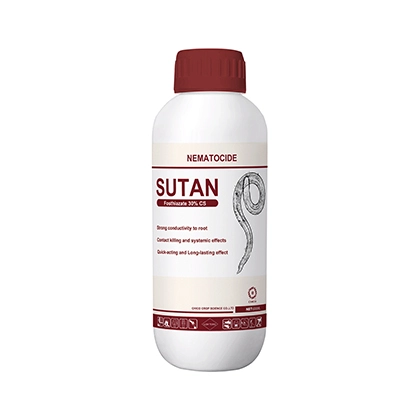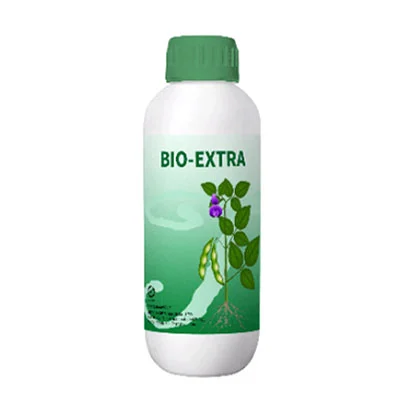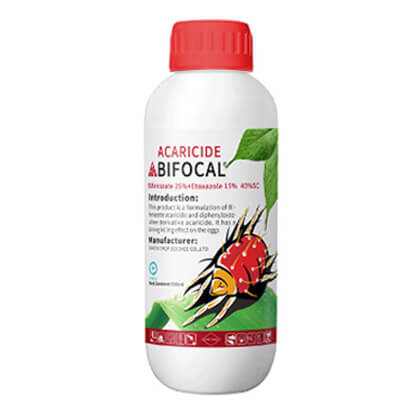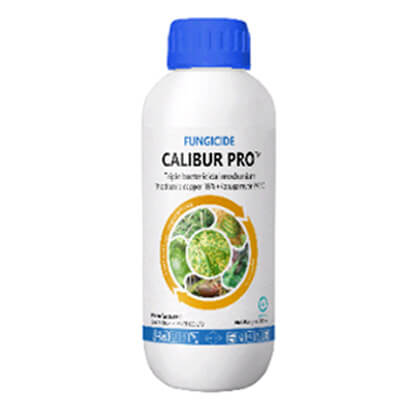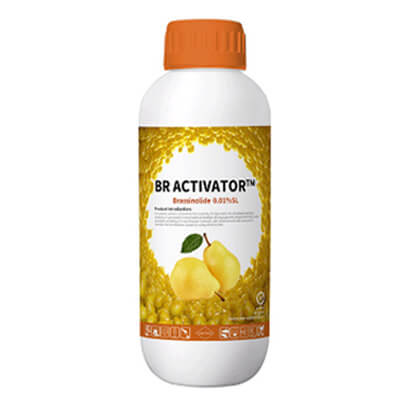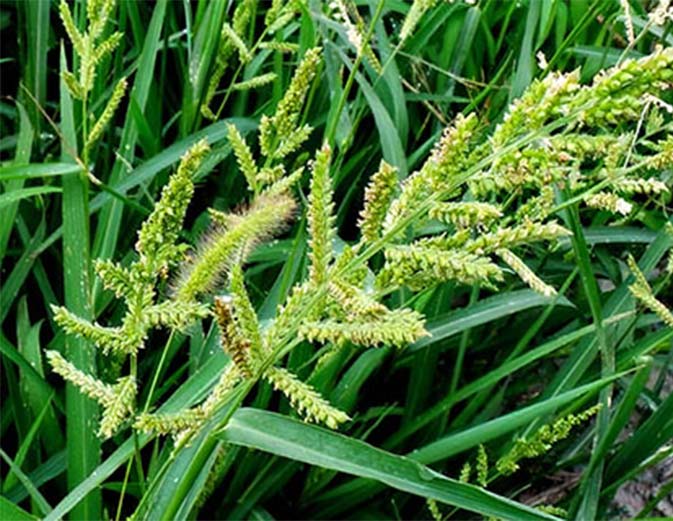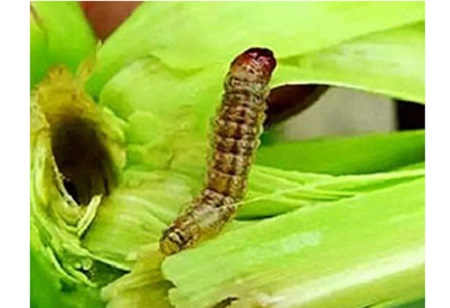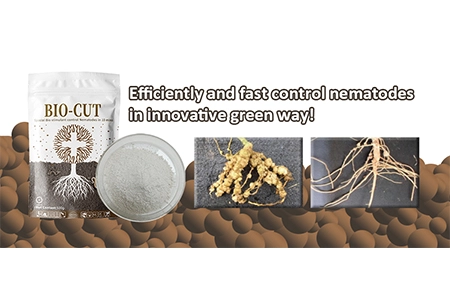
CHICO CROP SOLUTION - Corn
Corn

Corn, (Zea mays), cereal plant of the grass family (Poaceae) and its edible grain. The domesticated crop originated in the Americas and is one of the most widely distributed of the world’s food crops. Corn is used as livestock feed, as human food, as biofuel, and as raw material in industry.
How to manage Pests and Diseases of Corn effectively?
Let's have a look on CHICO solution.
.jpg)
Corn Armyworm
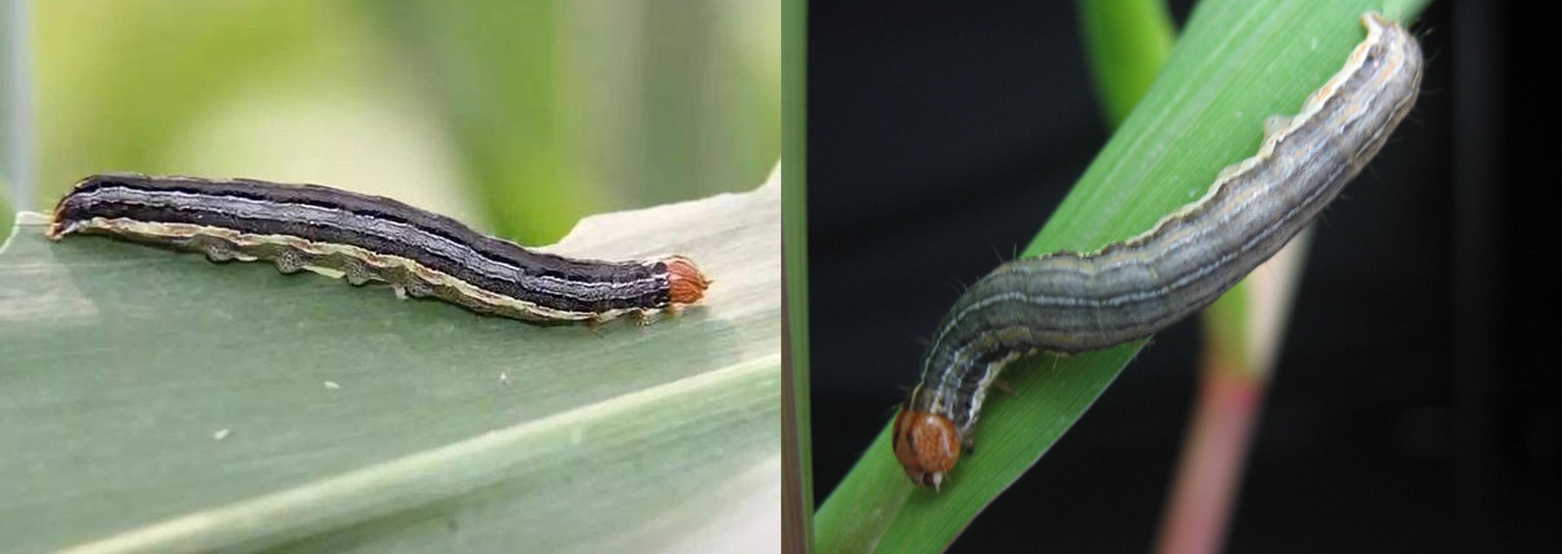
The armyworm is native to the Americas, but localized invasive populations have been observed in areas of Europe, Africa, the Mideast, and Asia. It is a member of the moth family Noctuidae, a large group that includes most species of cutworms.
Solution: Emamectin Benzoate 4% +Chlorantraniliprole 12% SC

This product is a mixture of Emamectin Benzoate and Chlorantraniliprole.
Emamectin Benzoate insecticide is a biologically derived pesticide that can block the transmission of motor nerve information to pests and paralyze their bodies to death. It has stomach toxicity to pests and can penetrate crops after application, gives long-term control effect.
Chlorantraniliprole insecticide is a systemic pesticide of amide type with slight toxicity. It mainly has stomach toxicity and contact killing effects on pests, causing them to stop feeding within minutes of ingestion. Chlorantraniliprole works by activating the fish nicotine receptor of pests, releasing calcium ions stored in cells, causing muscle regulatory weakness, paralysis, and ultimately pest death.
Corn Borer
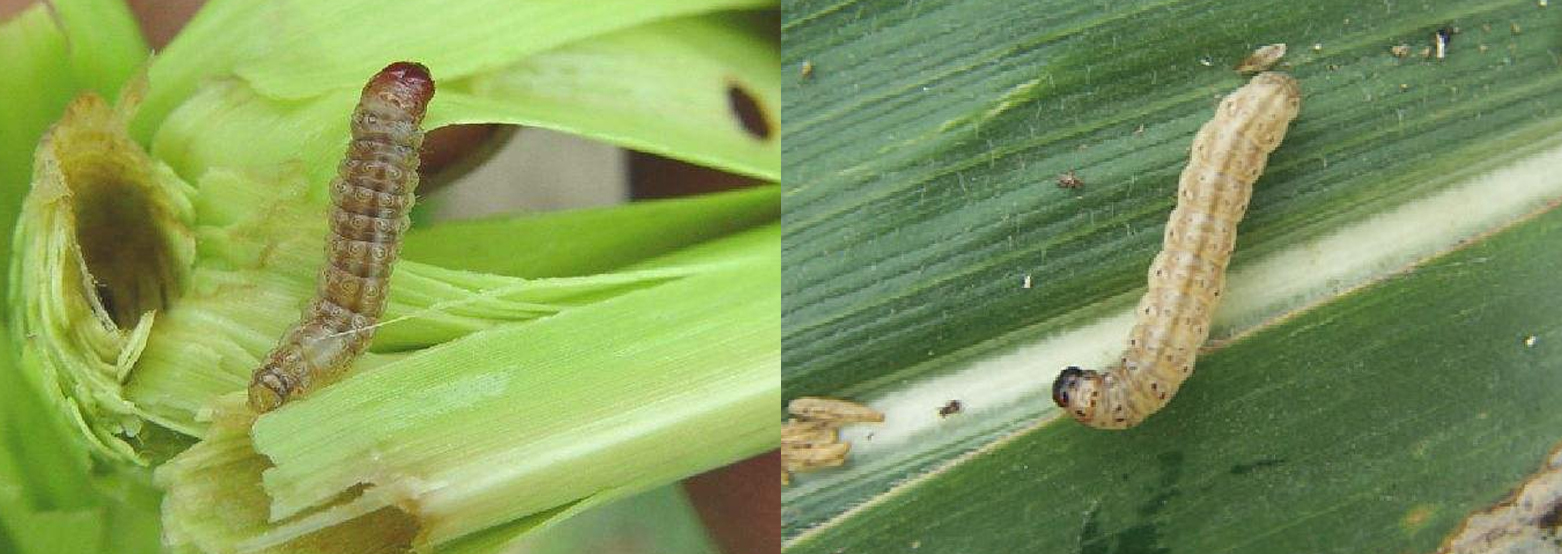
Fully grown corn borer larvae (3/4 – 1 inch long) are extremely destructive flesh-colored caterpillars with a reddish or dark brown head and several distinct spots on the top of each abdominal ring or segment. The adult borer is a night-flying yellowish-brown colored moth (1 inch wingspan) with dark wavy bands across its wings.
Solution: Emamectin Benzoate 2% +Tolfenpyrad 10% SC

This product has various insecticidal methods. In addition to strong contact killing and stomach toxicity, it also has a variety of insecticidal methods such as egg killing, feeding inhibition and oviposition suppression to achieve fast action and long lasting effect. Tolfenpyrad will hinder the electron transfer during respiration which prevents insects from providing and storing energy. It is called the mitochondrial electron transfer complex inhibitor (METI).
Corn Rust

Common corn rust, caused by the fungus Puccinia sorghi. In years with exceptionally cool summers, and especially on late-planted fields or sweet corn, yield losses may occur when the leaves at and above the ears become severely diseased before grain fill is complete.
Solution: Difenoconazole 150g/L +Propiconazole 150g/L EC

This product is a low-toxicity triazole fungicide, and a compound formulation of difenoconazole and propiconazol. It is a systemic, therapeutic fungicide that can be quickly absorbed by plants after application and can be transmitted up and down through the plant quickly, with long-lasting effect. The main mechanism of action is inhibiting the ergosterol biosynthesis to damage the physiological function of the cell membrane and lead to the death of fungi. This formulation mainly acts on fungal diseases, and can effectively prevent and cure diseases caused by ascomycetes, basidiomycetes, and imperfecti fungi. When applied according to technical instructions, it is safe to use, and has good efficacy on the prevention and treatment of sheath blight.
Corn Sheath Blight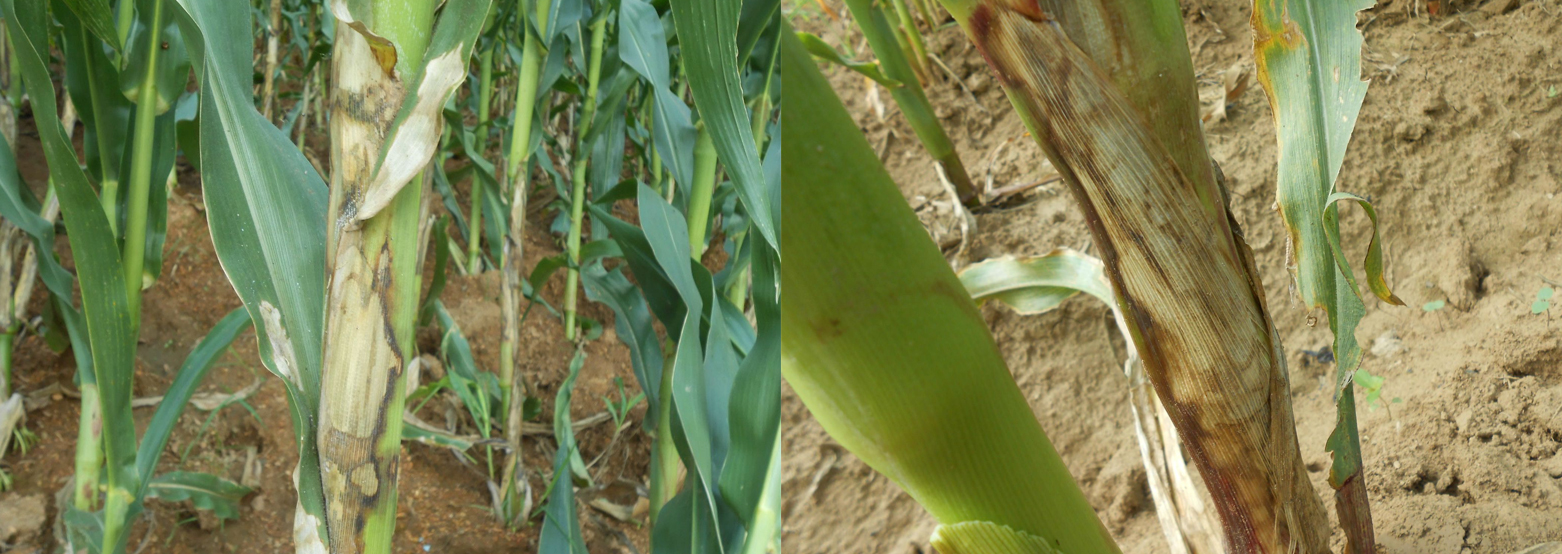
Corn sheath blight is a disease of corn caused by Rhizoctonia solani. The main damage is the leaf sheath, followed by the leaves, ear and wrapping leaves.
Solution: Propiconazole 12.5g/L + Tricyclazole 400g/L SE

This product is a low-toxicity triazole fungicide, and a compound formulation of difenoconazole and propiconazol. It is a systemic, therapeutic fungicide that can be quickly absorbed by plants after application and can be transmitted up and down through the plant quickly, with long-lasting effect. The main mechanism of action is inhibiting the ergosterol biosynthesis to damage the physiological function of the cell membrane and lead to the death of fungi. This formulation mainly acts on fungal diseases, and can effectively prevent and cure diseases caused by ascomycetes, basidiomycetes, and imperfecti fungi. When applied according to technical instructions, it is safe to use, and has good efficacy on the prevention and treatment of sheath blight.
Corn Annual Weeds
Solution: Atrazine 24% + Topramezone 1% OD

Topramezone is a new type of pyrazolone herbicide for post-emergence stem and leaf treatment. It has a systemic effect and can be absorbed by the leaves, roots and stems of plants.
Atrazine is a selective systemic pre-emergence and post-emergence herbicide. It is mainly absorbed by roots, but less absorbed by stems and leaves, and quickly transmitted to plant meristems and leaves, interfering with photosynthesis and causing weeds to die.
This compound has a significant synergistic effect and can effectively control annual weeds in corn fields.





